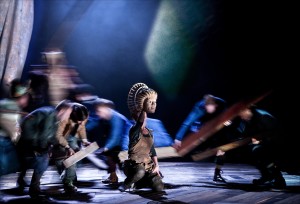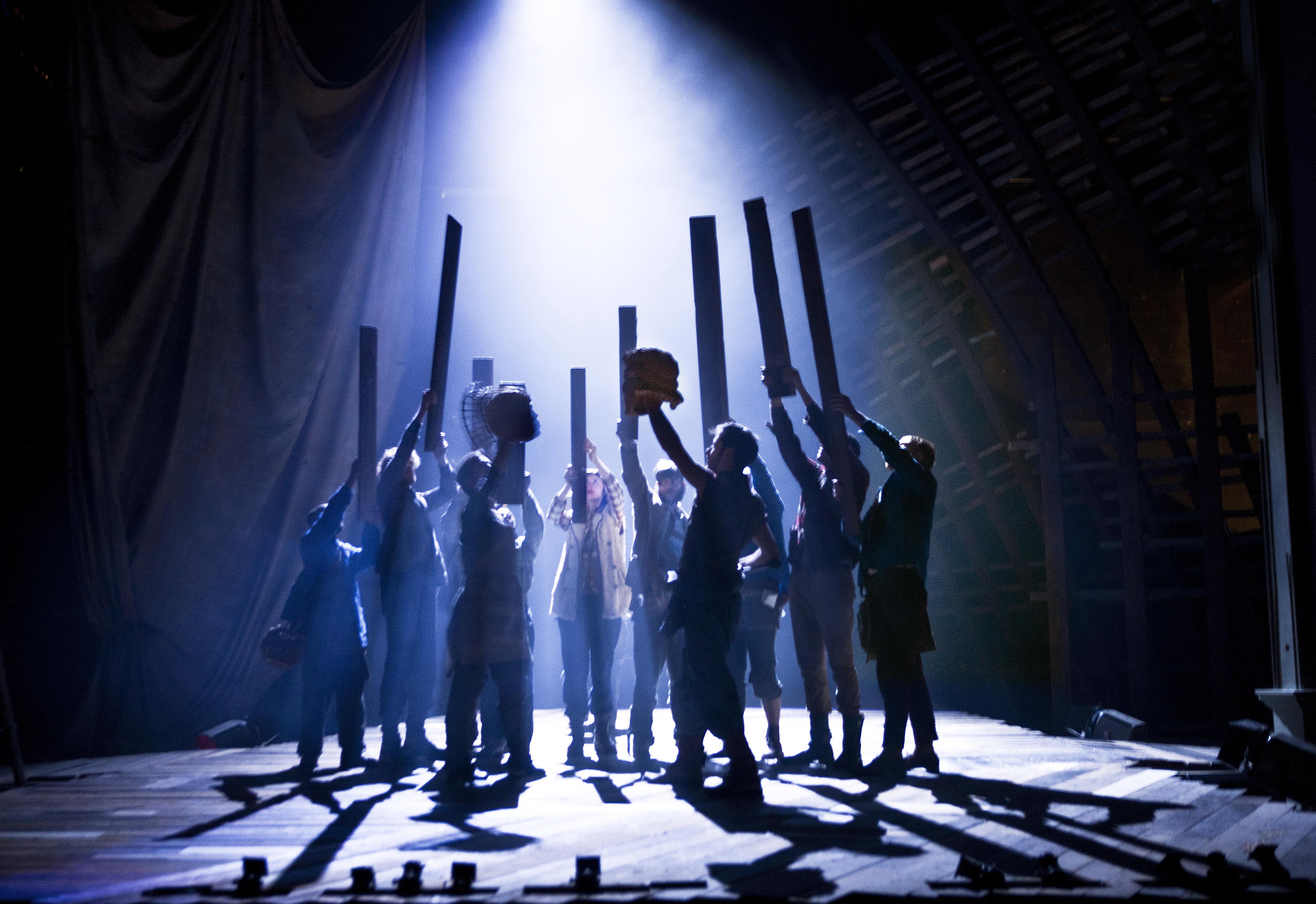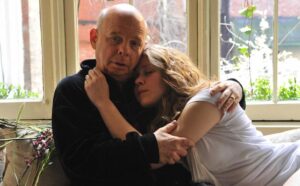Found Object Puppets
Designer Adrian Kohler, on a Dream that closes Saturday
BY PAULINE ADAMEK

South Africa’s Handspring Puppet Company recently gained acclaim for its collaboration with playwright Nick Stafford and the Bristol Old Vic’s production of War Horse. The Tony-Award winning phenomenon made its world premiere at the National Theatre of Great Britain’s Olivier Theatre in 2007, and later played in Los Angeles at the Ahmanson Theatre, in 2012. A unique theatrical experience that combined intense drama with elaborate staging and dazzling puppetry, War Horse was essentially a love story between a boy and his horse. At the heart of the show were full-sized puppets that brought breathing, galloping and charging horses to life on stage.
Handspring Puppet Company has now re-teamed with Bristol Old Vic’s Artistic Director Tom Morris to present A Midsummer Night’s Dream, closing on Saturday at Santa Monica’s The Broad Stage. The production creates puppets from found-objects that come to life in Shakespeare’s magical world.
Adrian Kohler, Artistic Director of Handspring and designer of the dream puppets spoke with Stage Raw about his creations in the show.
ADRIAN KOHLER: The overall concept for the puppets designed for A Midsummer Night’s Dream was that every object has the right to life. Hippolyta is building a pair of votive figures to bless the pending marriage to Theseus about which she is feeling rather dubious. He beat her in battle after all… But other objects — the tools in her workshop, the boards in her walls — all start to manifest her unease.
STAGE RAW: How long did it take to realize this project — from early concept meetings to first opening night?
AK: [The show’s director] Tom and Basil [Handspring colleague Basil Jones] and myself all talked about it shortly after War Horse opened in 2007. It went in and out of focus for a good few years. Then we began talks in earnest about a year and a half before we began rehearsals. There were two intensive workshops with Vicki Mortimer, the [set] designer, and some actors, before the final design and build.
SR: Can you briefly describe the various kinds or styles of puppets that were created?
The smallest puppet is a bee made from a modified wind-up toy. The largest are the two votive figures, bits and pieces of which are used until they are finally fully assembled. There are some rod-puppet fairies that look like remnants from an old fairground. There are some umbrella-like jelly fish that swim about. A number of styles, really.
SR: Ground-breaking techniques?
Puck is made up of a pile of tools that have him sometimes a dog, sometimes a snail, sometimes an eagle and sometimes a man. Oberon has a large, articulated wooden hand that can delicately pick up the finest piece of cloth. Flying planks form and reform into enormous wings for Titania to wear.
SR: My understanding of the transformation of Bottom is that his – ahem – naked posterior features prominently when he is turned into an ass. Why so literal?
It’s a schoolboy humor moment that Puck is very proud of. It’s just his taste. It’s probably the first time the fairy joke has been taken so literally. It gives Titania great scope to fall into Oberon’s spiteful prank.
SR: Were you given specific directives or parameters from the Old Vic — to what extent were you given free reign, if at all?
The play was workshopped with Tom (Director of the Bristol Old Vic) himself, so the reign was as free as it could be.
SR: How did you decide which and how many of the characters would be represented as puppets?
The fairies are an obvious choice, so we made that one. Pyramus and Thisbe have become possible puppets too.
SR: Did you expect that American audiences would experience this production differently from any other audiences?
We are finding that American audiences are enjoying the play immensely. Might have something to do with the fact that it’s a very good play.
A Midsummer Night’s Dream continues at Santa Monica’s The Broad Stage until April 19. www.thebroadstage.com



